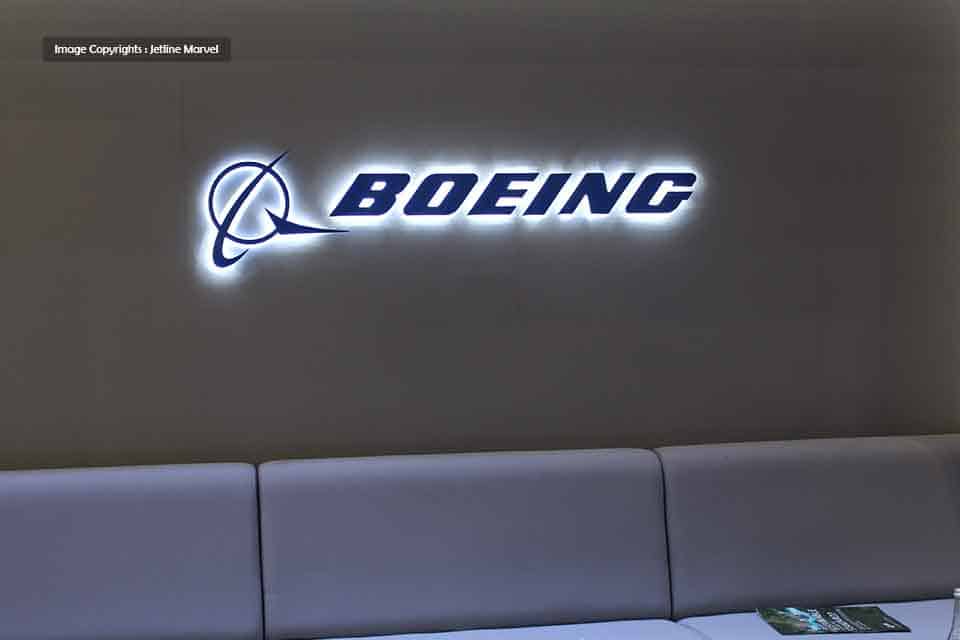Aerospace
FAA orders suspension of all Boeing 737-9 Max

Following a recent alarming incident on Alaska Airlines Flight 1282 to Ontario, California, the FAA has issued a directive to temporarily suspend all Boeing Max airplanes. This decision specifically targets Boeing 737 MAX 9 aircraft used by U.S. airlines or operating within the United States.
FAA statement 9th Jan 2023
Every Boeing 737-9 Max equipped with a plug door will stay out of operation until the FAA ensures their safe return to service. To initiate this process, Boeing is required to furnish operators with instructions for inspections and maintenance. Although Boeing initially provided a set of instructions, they are currently revising it based on received feedback. Upon receiving the updated instructions from Boeing, the FAA will conduct a thorough review.
The primary factor determining the timeline for the Boeing 737-9 Max’s return to service is the safety of the flying public, prioritizing caution over speed.
The FAA has endorsed a compliance method for the Boeing 737-9 emergency airworthiness directive, and this information has been communicated to the affected operators.
FAA statement 8th Jan 2023
Ensuring the safety of the public is of utmost importance to the FAA. Consequently, Boeing 737-9 aircraft will remain grounded until operators successfully conduct enhanced inspections, covering both left and right cabin door exit plugs, door components, and fasteners. Additionally, operators must fulfill corrective action requirements based on inspection findings before reintroducing any aircraft into service.
The FAA will continue to actively support the National Transportation Safety Board’s investigation into Alaska Airlines Flight 1282. The NTSB is leading the investigation and will provide any necessary updates.

Aerospace
Boeing Transfers Rocket Stage to NASA, Paving Way for Human Moon Mission

Boeing has achieved a significant milestone by providing NASA with the second core stage of the Space Launch System (SLS) rocket.
This crucial component, crafted at NASA’s Michoud Assembly Facility (MAF), is set to propel the Artemis II crew into lunar orbit, marking humanity’s return to deep space after a 50-year hiatus.
The monumental Boeing-built rocket stage, the largest element of the Artemis II mission, will embark on a journey aboard the Pegasus barge, traveling 900 miles to NASA’s Kennedy Space Center.
Comparison of two legendary aircraft B777x vs B747 aircraft:Click here
Upon arrival, it will be meticulously integrated with other essential Artemis II components, including the upper stage, solid rocket boosters, and NASA’s Orion spacecraft within the iconic Vehicle Assembly Building. This intricate integration process is a vital step toward the eagerly anticipated Artemis II launch, slated for 2025.
“Boeing-built products helped land humankind on the moon in 1969, and we’re proud to continue that legacy through the Artemis generation,” remarked Dave Dutcher, vice president and program manager for Boeing’s SLS program. “Together, with NASA and our industry partners and suppliers, we are building the world’s most capable rocket and paving the way to deep space through America’s rocket factory in New Orleans.”
NASA, Lockheed Martin Reveal X-59 Quiet Supersonic Aircraft:Click here
The delivery of Core Stage 2 marks a significant achievement in the evolution of the SLS rocket. Towering over 200 feet and powered by four RS-25 engines, this core stage, coupled with two solid-fueled booster rockets, will generate a staggering 8.8 million pounds of thrust. This immense power is crucial to launching Artemis II and future missions into the vast expanse of space.
The SLS rocket stands unparalleled in its capability to transport both crew and substantial cargo to the moon and beyond in a single launch. Its extraordinary capacity will facilitate the delivery of human-rated spacecraft, habitats, and scientific missions to destinations including the moon and Mars, ushering in a new era of space exploration.
-

 Travel1 week ago
Travel1 week agoAir India to Expand US Operations with Three New Routes After a Decade
-

 Travel2 weeks ago
Travel2 weeks agoWhy We Should Avoid These Stamps in a Passport
-

 Airlines1 month ago
Airlines1 month agoInvestigations Reveal Fake Chinese Titanium in Boeing and Airbus Jets
-

 Tech4 weeks ago
Tech4 weeks agoChina’s CATL Plans 1,800-Mile Electric Plane Launch by 2027
-

 Airport3 days ago
Airport3 days agoTop 10 Largest Airports in the World by Size
-

 Aerospace4 weeks ago
Aerospace4 weeks agoChina’s Fighter Jets Turn Wings into Autonomous Drones
-

 Airlines4 days ago
Airlines4 days agoAir India Rolls Out A350s for Delhi-New York JFK and Newark Routes
-

 Defence3 weeks ago
Defence3 weeks agoBoeing Enhances Chinook with New Engines and Block II Upgrades at $96 Million







